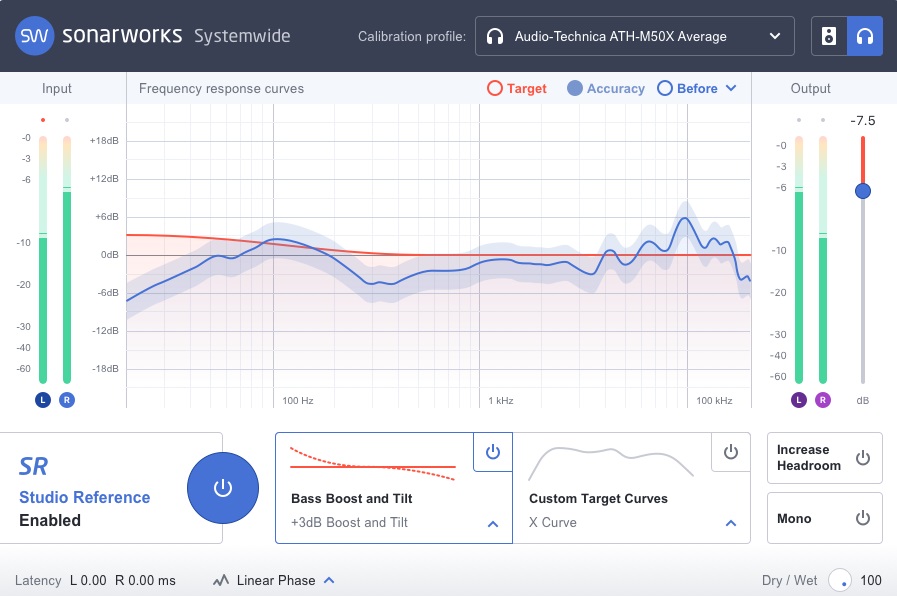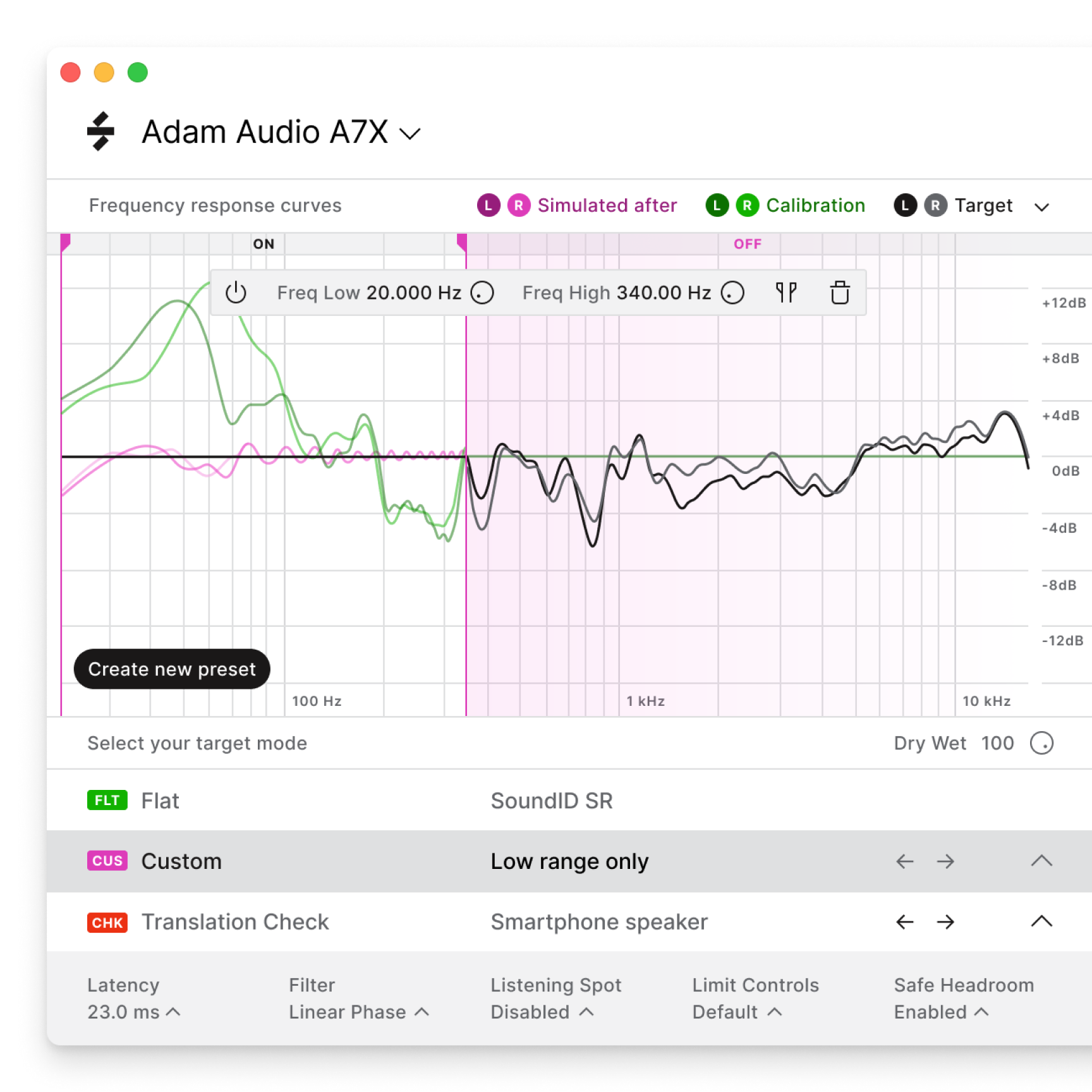

- SONARWORKS REFERENCE 4 SENNHEISER HOW TO
- SONARWORKS REFERENCE 4 SENNHEISER SOFTWARE
- SONARWORKS REFERENCE 4 SENNHEISER SERIES
YouTube user MusicTechHelpGuy made a fantastic video showing you exactly how to use a reference microphone to calibrate your studio. The end result of the measurements is a response curve (calibration profile for your specific speaker/room setup)Ĭonfused? Don’t worry.
SONARWORKS REFERENCE 4 SENNHEISER SOFTWARE
In essence, the software compensates for the natural imperfections that exist in your studio space, changing the audio at the source.

What results is the software creating a custom EQ curve (or, in nerd speak, a calibration profile) that goes on your master channel and is specific to your room.

You’ll need to take a bunch of measurements in your room with the mic
SONARWORKS REFERENCE 4 SENNHEISER SERIES
Once installed, you place the provided condenser mic at various places in your studio, while your monitors output a series of beeps and other sounds designed to identify the resonant frequencies that exist in your room. Getting set up with Reference 4 Studio Edition involves purchasing the software alongside a small individually calibrated mic. If you’re worried about improving the sound quality in your studio, you’ll be using the former. Reference 4 comes in two versions, Studio Edition and Headphone Edition. Luckily for them, getting started with Reference 4 is a quick, and honestly quite an easy solution to these issues. What results is a wimpy track that lacks dancefloor punch, and a very confused producer wondering where they went wrong in their process. Many producers will overcompensate by taking specific measures to quell what they believe to be too much bass in their track. The most common offender? The unique elements of the room you’re producing in.įor example, unless your room has been professionally treated, you will have to deal with not only hearing the audio that comes out of your studio monitors, but also absorption, diffusion, reverberation, and isolation of the sound waves themselves. This is not always feasible – many external factors will skew your perception as to what you’re really hearing. When you are producing a track, you want the audio you hear to be as accurate as possible. If you want to understand how Reference 4 works, you need to understand a few basics of audio engineering. With the one, singular goal of “removing unwanted coloration,” the software is designed to help you achieve the highest quality mixdown possible, even when working less than ideal surroundings. Reference 4 is a VST/AU plugin that goes on the master chain of your Digital Audio Workstation. While many producers all swear by it, we needed to see if it truly lived up to the hype. We were highly intrigued to hear about a plugin that claims to give you “full confidence in sound,” and improve your mixdowns in the process. No matter what genre you’re in, properly balancing each element in your original productions can mean the difference between a club killing track and a dancefloor flop. As a music producer, there are few parts of your process more crucial than your mixdown phase.


 0 kommentar(er)
0 kommentar(er)
